GLAMOUR IS DEAD! LONG LIVE PUNK!
The Archetype of The Nonconformist and The Evolution of Punk Fashion
"The only reason I’m in fashion is to destroy the word ‘conformity.’”
Vivienne Westwood
Punk: the archetype of nonconformity, built on raw self-expression and cultural disruption.
The core stylistic elements of Punk are: Deconstruction, DIY Ethos, Asymmetry & Layering, Bold Contrasts and Ruined Elegance.
Detonating from the smoke-choked streets of 1970’s London and New York, the Punk archetype was created by those who rejected the notion of conformity from the ever-present demands of a society that wanted everyone to fit in. It was an aesthetic rejection of the conventionally accepted in favor of something more human, expressive and individualistic. A proud ownership of ones self, the gritty, pent-up energy of those sick and tired of an establishment with far too many rules.
Every radio station blasted The Sex Pistols, The Ramones, and The Clash, bands whose music was as raw and unfiltered as their style: abrasive, unapologetic, and loud. Their stage presence and lifestyle were reflected in the anarchist, DIY aesthetic that was championed by Vivienne Westwood and Malcolm McLaren, whose London boutique Sex displayed destroyed T-shirts, bondage pants, and anti-establishment slogans. Iterations of Punk began: Hardcore Punk (Black Flag, Dead Kennedys), pushed the look down even further, while Post-Punk (Joy Division, Bauhaus) infused it with a gothic edge. High fashion designers like Jean Paul Gaultier and Rei Kawakubo seized this energy, transforming the magic chaos into high fashion.

In the 1990’s and early 2000’s, high fashion was ablaze. Alexander McQueen fused anarchy into runway through his collections of ripped tartan suits and bondage sets, and Hedi Slimane dominated the fashion scene during his tenure at Dior Homme, creating looks so iconic they redefined the Punk aesthetic entirely. His sharp androgyny paired with shrunken leather jackets was so profound that it reshaped how rock musicians dressed, his realm of influence reaching from The Strokes to My Chemical Romance.
The emergence of Pop-Punk took this aesthetic out of the sub-culture and infused it directly to the mainstream. This new generation, inspired by Green Day, Blink-182, Avril Lavigne and Fall Out Boy, splintered the aesthetic into a boy-band uniform: checkerboard Vans, skin-tight plaid, studded belts, destroyed skinny jeans and heavy side-swept bangs kissed streaked with neon. This ideation of Punk, categorized as Scene and Emo, is watered-down from the original ethos, marketed as “edgy” and repackaged for teenage angst. What was once a rejection of the system has now paradoxically become a part of the very structure it rebelled against.
To authentically embody this archetype, you must value your individualism over societal expectations and values. Punk has no aesthetic code; you either are or you’re not. It is important to understand that punk has no uniform. Rip it, bleach it, patch it, burn it; Shock the lambs of the mainstream with the power of extreme individualism. A Punk never allows anyone to tell them who they should be, what they should think, or what they can wear.
The most iconic living embodiment of Punk is Vivienne Westwood.
If Punk has a patron saint, it would be Vivienne Westwood. Largely credited for bringing this expression to life, Westwood made Punk couture without ever forfeiting it’s edge. In 1989, she appeared on the cover of Tatler dressed as Margaret Thatcher, with the caption “This woman was once a punk,” solidifying her reputation for subversion. She designed tour outfits for Duran Duran in 1993, blending punk aesthetics with high fashion. Beyond fashion, she was a vocal activist, cutting her hair in 2010 to highlight climate change, supporting PETA’s World Water Day campaign, and protesting nuclear weapons at Aldermaston in 2008. Westwood’s influence extended far beyond clothing, she used fashion as a platform for resistance and cultural change.
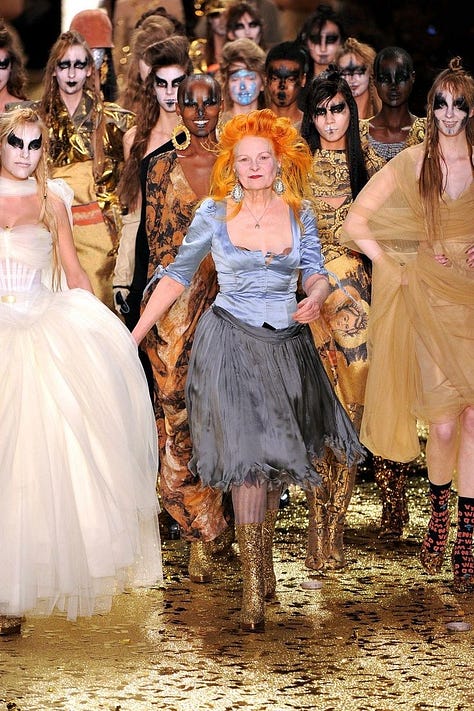
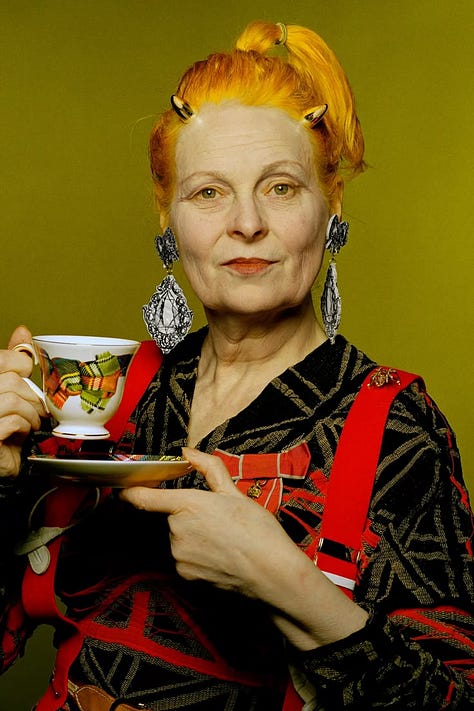
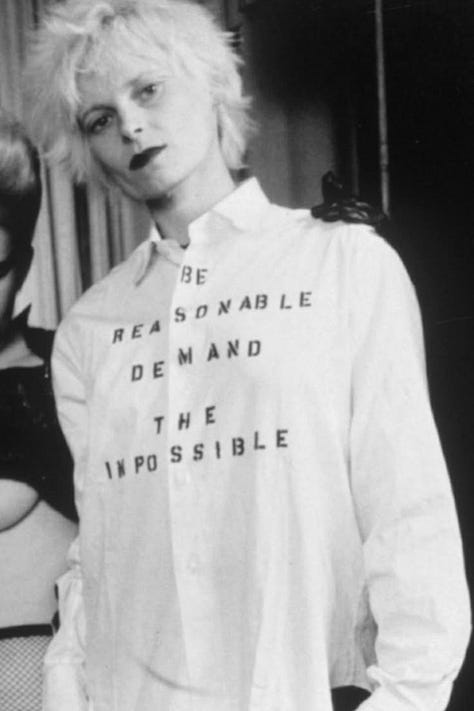
The best fictional embodiment of Punk is Marla Singer.
"Marla’s philosophy was that she might die at any moment. The tragedy, she said, was that she didn’t." Marla Singer lived in a constant state of destruction, thrift-store glamour, cigarette smoke, and a detachment that made her reckless and unavoidable. She existed outside the system, embodying punk’s raw, unhinged energy. She is self-destructive, volatile, and impossible to ignore.
In summary, let’s review the five elements of the Punk Aesthetic once more:
1. Deconstruction: The Punk Archetype is built on the idea of disrupting the pre-existing structures, which is reflected in ripped fabrics, exposed seams, and raw hems. It’s taking something that once was polished and flipping it on its head, the idea that imperfect is better than manufactured.
2. DIY Ethos: Personalization, self-reliance, rejecting mass-market fashion in favor or something altered or repurposed. Safety pins, patchwork clothing and torn necklines showcase fashion as an act of open rebellion instead of passive consumption.
3. Asymmetry & Layering: Punk was raised on imbalance and disorder, resulting in uneven hemlines, mismatched proportions and layering to create an intentional sense of chaos. This level of refinement adds a depth to each curation, creating a new wave of energy reinforced by the wearer.
4. Bold Contrasts: Clashing patterns, sharp contrasts, opposing textures are core to this aesthetic. The visual opposition created mirrors the movements core philosophy, provocation, defiance, and refusal to conform to aesthetic harmony.
5. Ruined Elegance: Punk takes elements of classic fashion, tailoring, formalwear, or delicate fabrics, and destroys, distorts, or repurposes them to subvert traditional ideas of beauty. Shredded suits, torn lace, and distressed finishes turn sophistication into rebellion, reinforcing the idea that fashion should be on your own terms, not dictated by luxury or tradition.
Punk style has never been just about clothing, it’s a rebellion, a refusal to conform. It’s a call to arms, a challenge to anyone who dares to say “you can’t.” Punk is for those of us who refuse to be boxed in, who would rather stand alone than idly by, those of us who know that true power is never given, it can only be fostered by having enough self-respect to be yourself.
“Anarchy is the only slight glimmer of hope.”
Mick Jagger
With great personal aesthetic,
Alexandra Diana, The A List





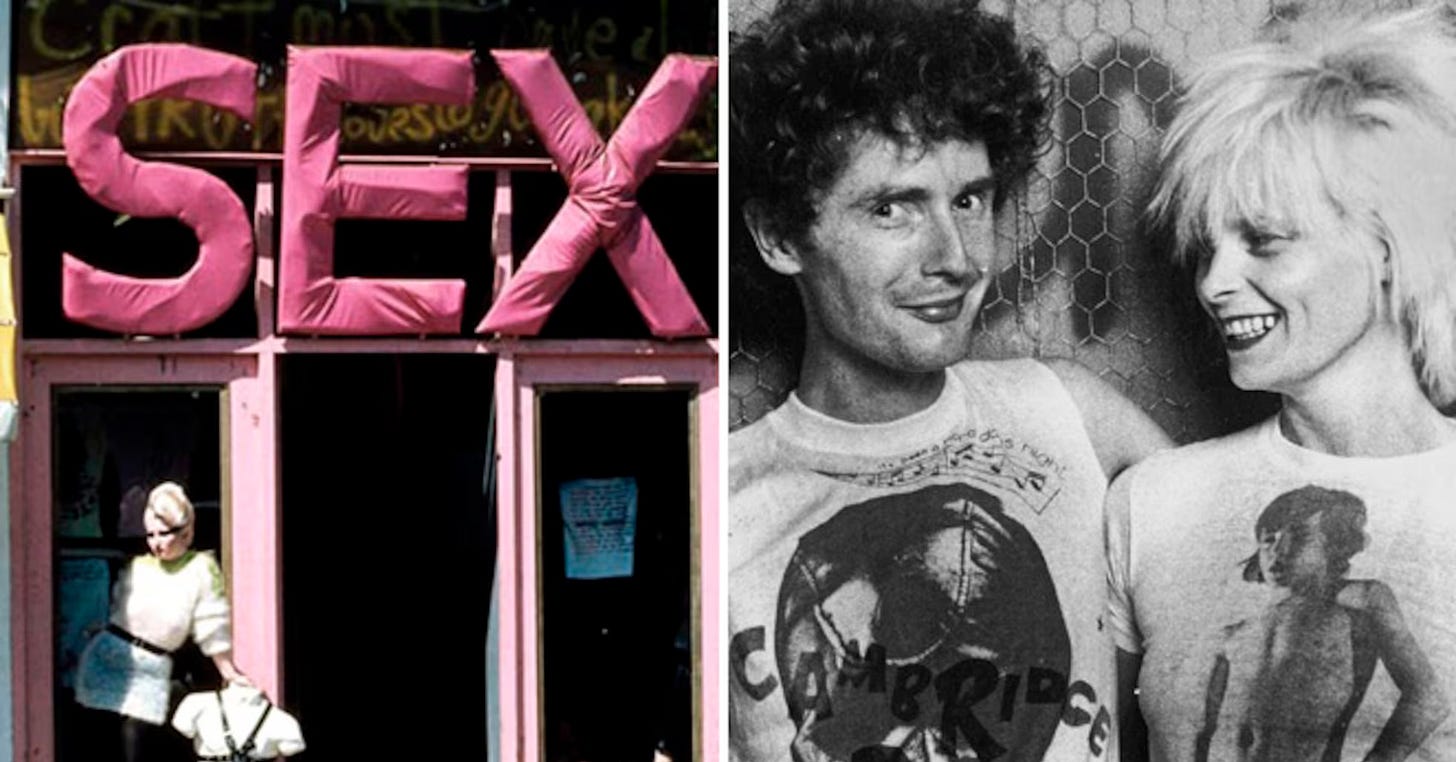
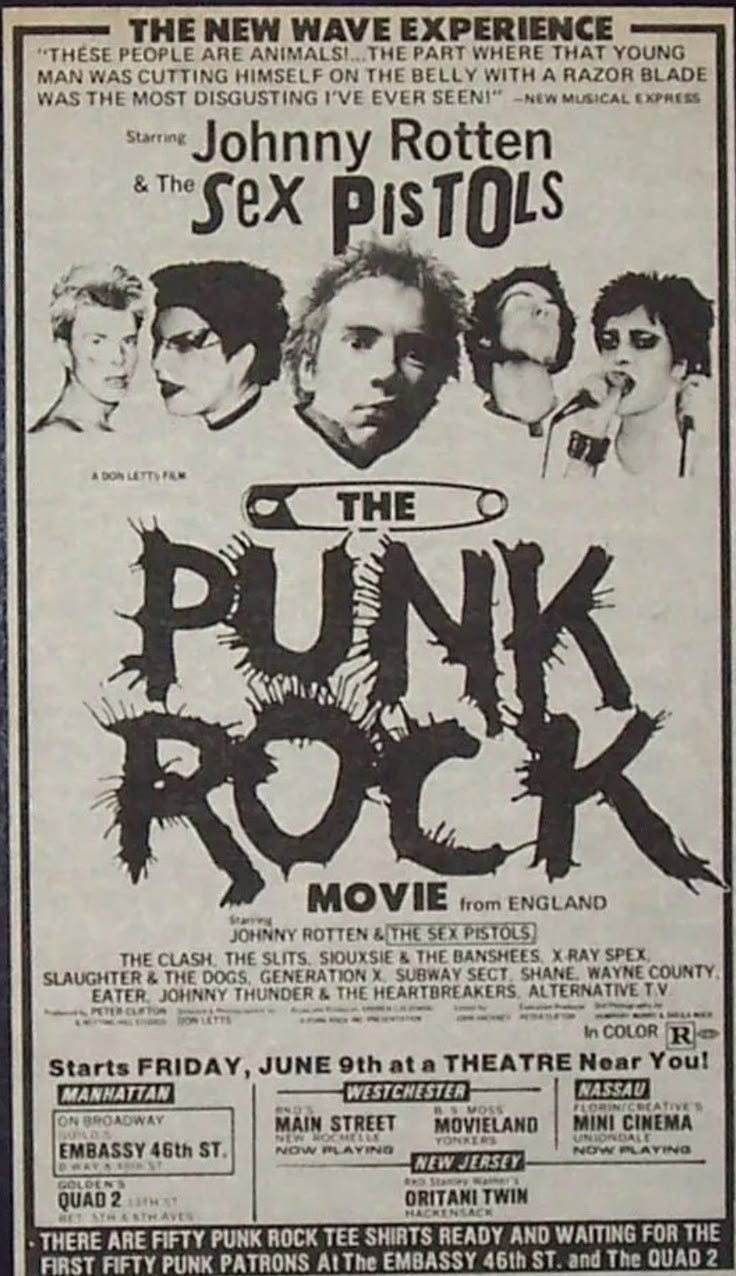


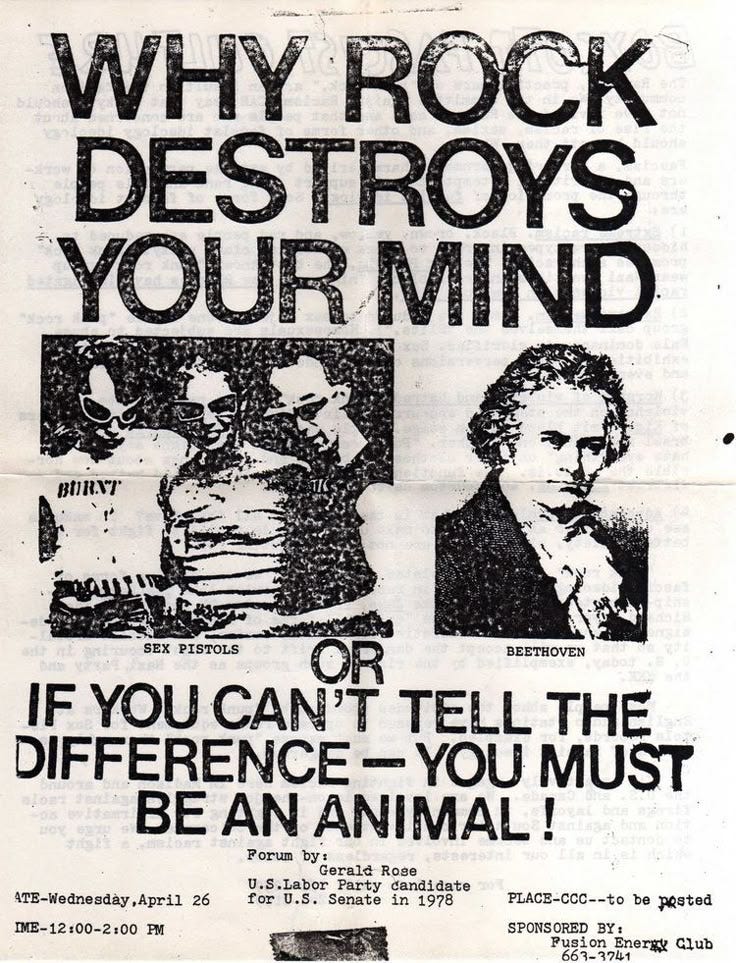

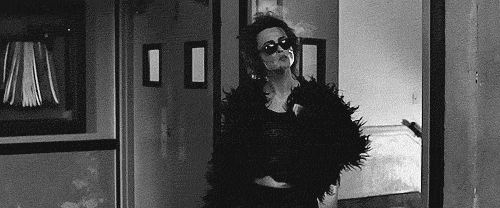



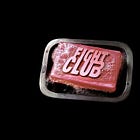
Hi there!! I am obsessed with this script. so valuable. would you mind if I translated it into Portuguese? obviously with full credits